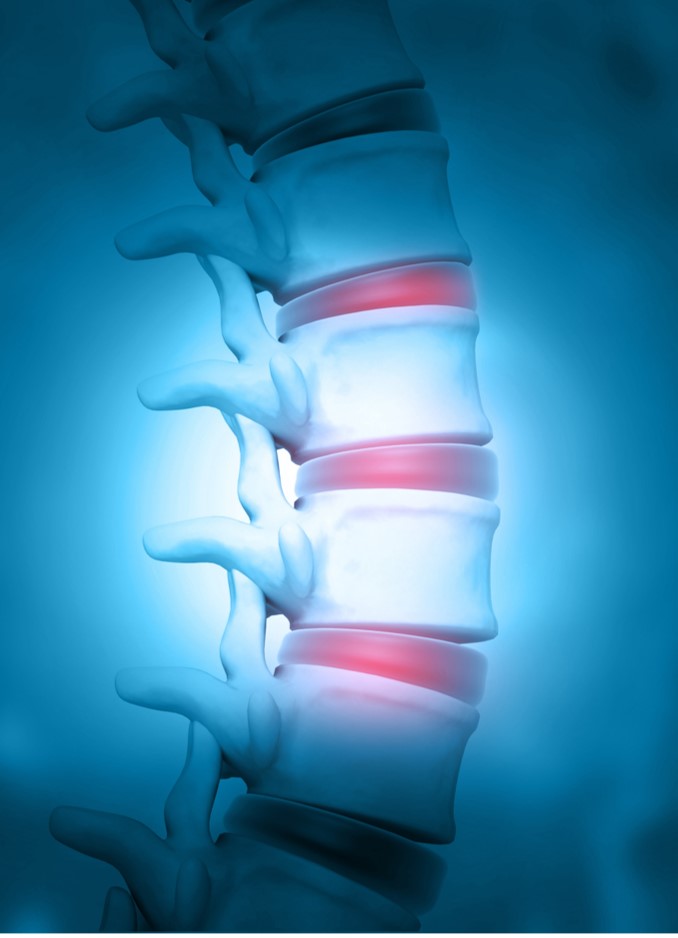Scaffold potential rises

Intervertebral disc degeneration (IDD) is a common condition in which one or more spinal discs degenerate. IDD is recognised as the leading cause of lower back pain. Tissue engineering has been identified as a potential treatment for IDD, however implanting engineered tissue presents a number of challenges. These challenges include foreign body reactions and the aggravation of the inflammatory and oxidative microenvironment surrounding the degenerative disc.
Fucoidan has previously been shown to have both anti-inflammatory and anti-oxidative properties.
In a recent in vitro study, a biocompatible scaffold loaded with high purity fucoidan was developed and its effectiveness was compared with a scaffold free from fucoidan. The effect of both scaffolds on induced annulus fibrosus cells – cells that make up the periphery of the spinal disc structure – was measured.
Compared with the scaffold alone, the fucoidan-loaded scaffold significantly decreased gene and protein expression related to inflammation and oxidative stress. Furthermore, in comparison to the scaffold alone, the fucoidan decreased the expression of COX-2, deposited more extracellular matrix between scaffold layers, and helped to maintain tissue integrity.
Researchers concluded that the fucoidan-loaded scaffold showed promising potential for annulus fibrosus repair by ameliorating the harsh degenerative IDD environment, thereby stimulating disc regeneration.
The fucoidan used in the study was high purity Fucus vesiculosus fucoidan produced by Marinova.
The full paper, ‘Fucoidan-loaded nanofibrous scaffolds promote annulus fibrosus repair by ameliorating the inflammatory and oxidative microenvironments in degenerative intervertebral discs,’ was published in the journal Acta Biomaterialia.